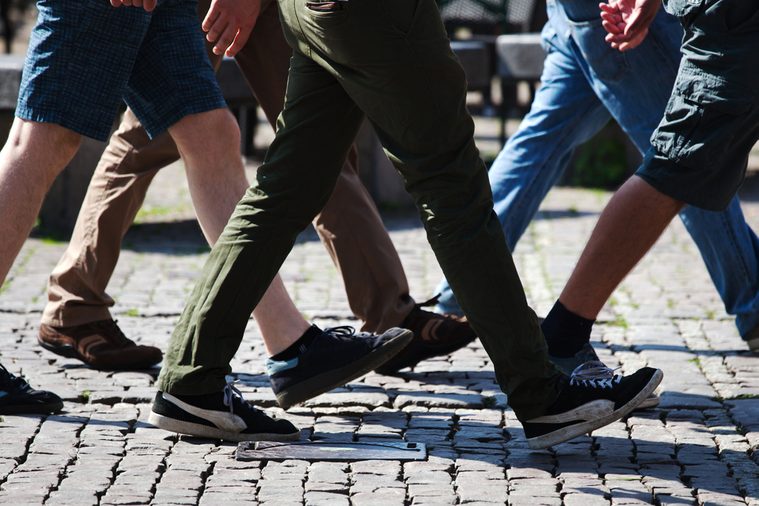
Your lifestyle
“For decades we’ve known that lifestyle, exposure, and many other factors are related to an increased risk of cancer,” Susan Gapstur, MPH, PhD, senior vice president of behavioral and epidemiology research for the American Cancer Society. Considering that cancer is the second leading cause of U.S. deaths after heart disease, taking measures to protect yourself makes sense. The good news? Many of these risk factors are modifiable, she says. “There’s major evidence that we can reduce the rates of cancer in the population through prevention.” In other words, avoid or greatly limit the following known carcinogens, and you can slash your risk.
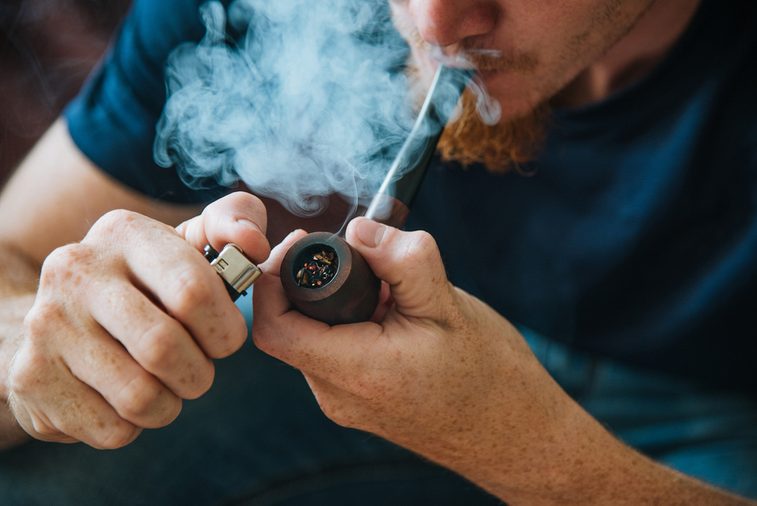
Tobacco
Smoking rates are declining, thankfully, because tobacco use is a major cancer-causer. So much so that, according to the American Cancer Society (ACS), life expectancy for smokers is at least 10 years shorter than that of non-smokers. If you have a habit, consider this your reason to finally kick it: Quitting before age 40 reduces the risk of dying from smoking-related disease by about 90 percent. And here are the many other ways your body will benefit from quitting.
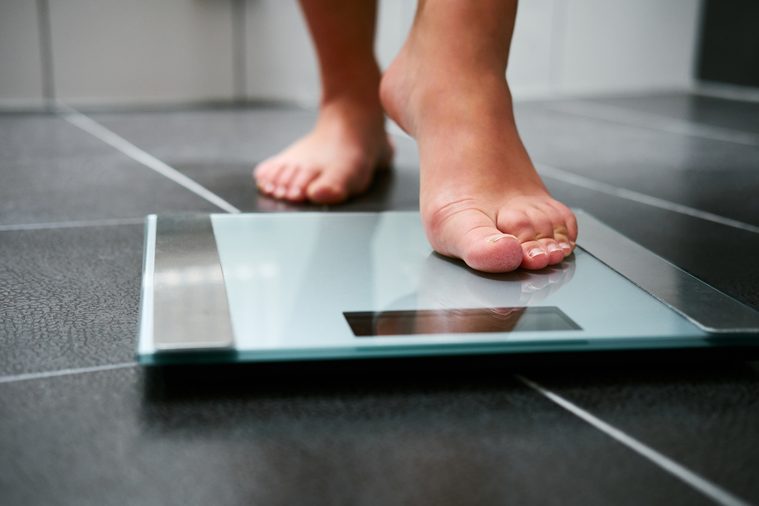
Being overweight
While we tend to think of heart disease risk or diabetes as main health reasons to avoid gaining weight, we should include cancer as well, says Gapstur: Overweight and obesity are the biggest risk factor after smoking, attributable to about 8 percent of all cancers in 2014. “We don’t know all the mechanisms involved, but body weight plays a role in inflammation, changes in hormone levels, and can affect biochemicals in your body like insulin,” she says. Meet the doctor who is reversing diabetes (and obesity) one patient at a time.

Booze
This is a thorny one, as a small intake of alcohol—about a glass of wine a day, say—may be good for your heart. But there’s plenty of research to indicate that regular drinking can account for 6 percent of cancers among women and more than 4.5 percent in men, says Gapstur. “Research suggests that the dose at which you see increased risk varies for different types of cancers,” she says. Consuming even moderate amounts of any kind of alcoholic beverage raises your risk for breast and other cancers. Discover the 9 things that happen to your body when you stop drinking alcohol.
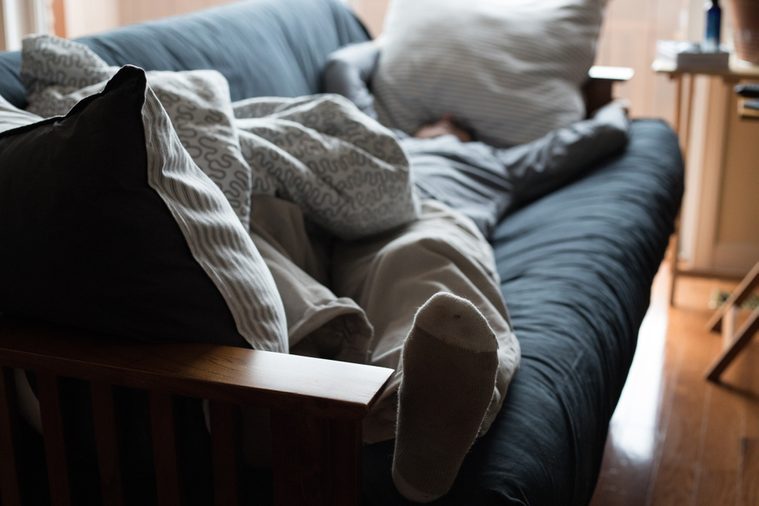
Lack of exercise
As inactivity can lead to weight gain, it’s a cancer risk factor that can raise your risk of colon, breast, and endometrial cancers, says Gapstur. The ACS guidelines recommend that adults get a minimum of 150 minutes of moderate intensity or 75 minutes of vigorous activity each week, preferably spread over several days. Read how one workplace helped its employees fight so-called “sitting disease.”

Radon exposure
Radon is an odorless radioactive gas found naturally in the air, soil, and water: In concentrated amounts, it is considered carcinogenic. “There is a lot of evidence that radon exposure is a cause of lung cancer,” says Gapstur. “That’s why we test for it in homes.” The gas is naturally higher in some areas of the country—as shown on this Environmental Protection Agency (EPA) map that indicates high- and low-risk states. Some building materials, including granite countertops, may also emit radon; EPA data suggests that radon levels are elevated in nearly one of every 15 U.S. homes. Happily, there are ways to reduce your exposure through radon mitigation services. Learn the 7 things every homeowner should know about radon testing.
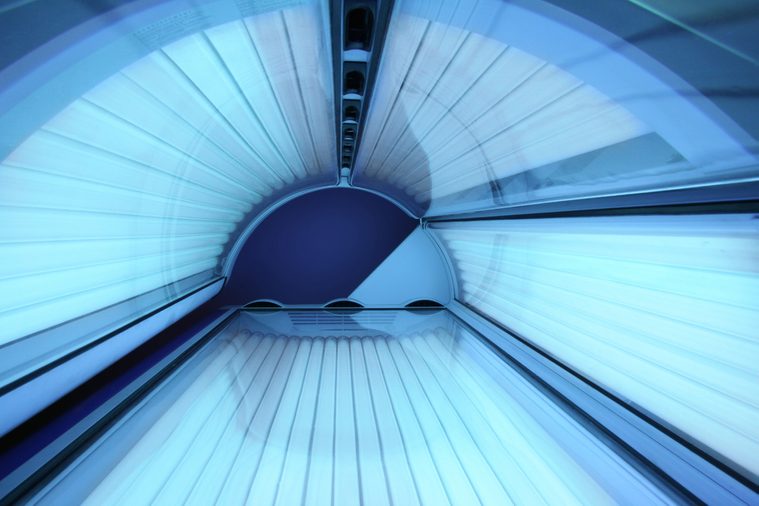
Indoor tanning
Tanning beds use ultraviolet light, and prolonged exposure ups your odds of developing melanoma, the deadliest kind of skin cancer. In fact, researchers believe that more than 400,000 cases of skin cancer each year may be caused by indoor tanning, according to data from the American Academy of Dermatology. These are the 37 worst bits of skin advice dermatologists have ever heard.

Outdoor tanning
More people are diagnosed with skin cancer each year than all other types of cancers combined, according to the ACS—and that number is on the rise. One of the primary causes is UV exposure from the sun. Use sunscreen and wear protective clothing when you’re outdoors for long periods, and seek shade whenever possible to lower your risk.
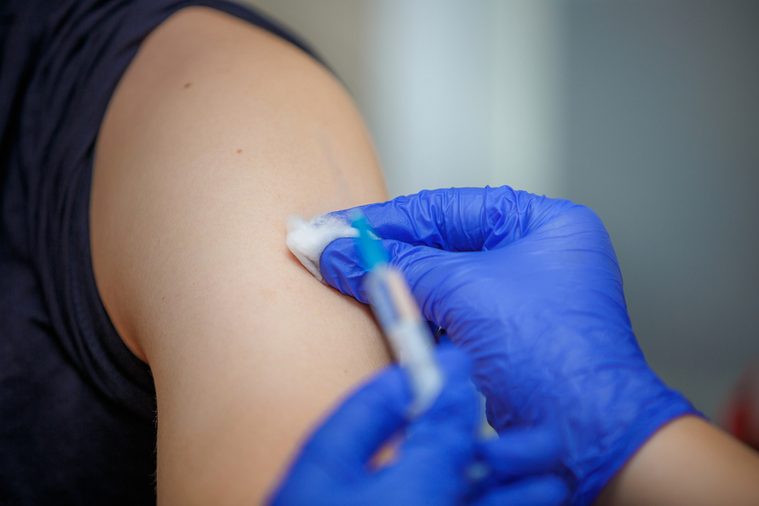
HPV
People who contract human papillomavirus (HPV) have an increased risk of developing one of six different types of cancer. The virus can transform healthy cells into cancerous ones. The ACS estimates that 31,500 men and women are diagnosed with cancers caused by HPV each year. The simplest way to almost eliminate this risk is to get the HPV vaccine. Should you get the HPV vaccine as an adult?
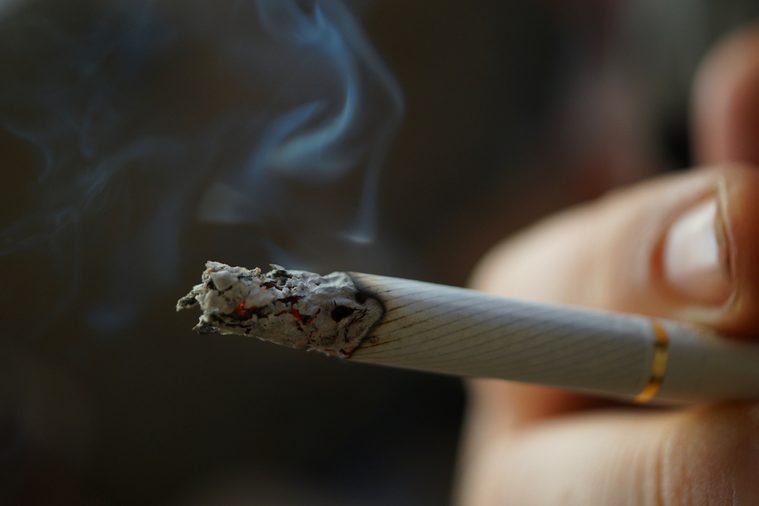
Secondhand smoke
The carcinogenic chemicals in cigarettes—scientists have identified as many as 70—can raise your cancer risk even when you’re not the one smoking. When it comes to secondhand smoke, there is no safe level of exposure, according to the ACS. Luckily, most businesses and public places have banned smoking on the premises. Did you know that even chemicals that linger in carpets and furniture can raise your risk? Third-hand smoke is a thing, and it can damage your brain and liver.

Processed meat
The World Health Organization considers bacon, lunchmeat, and sausages to be carcinogens because they contain compounds known as nitrites or nitrates. The issue is that when you heat these substances, they can form nitrosamines, which are carcinogenic—research suggests these substances can raise the risk of colorectal and other types of cancer, according to Marji McCullough, ScD, RD, senior scientific director of epidemiology research for the ACS. Digestive acids can also trigger the formation of nitrosamines; look for nitrite- and nitrate-free selections.
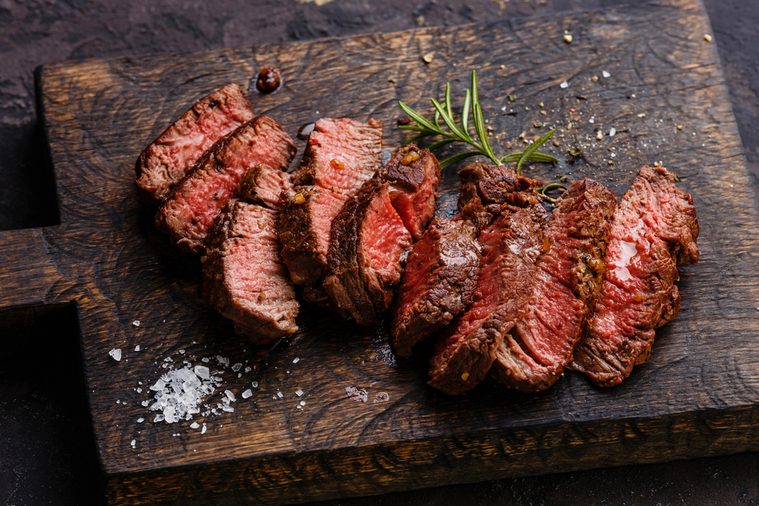
Red meat
Like processed meats, some processed beef and lamb can contain nitrites and nitrates, leading to the formation of nitrosamines, says McCullough. It’s important to read labels; some manufacturers are becoming hip to consumer awareness of the health risks and removing nitrites and nitrates from the manufacturing process. Another option is to switch to a plant-based diet heavy on fruits and vegetables. Here’s how to make sure you get enough protein on a vegetarian diet.
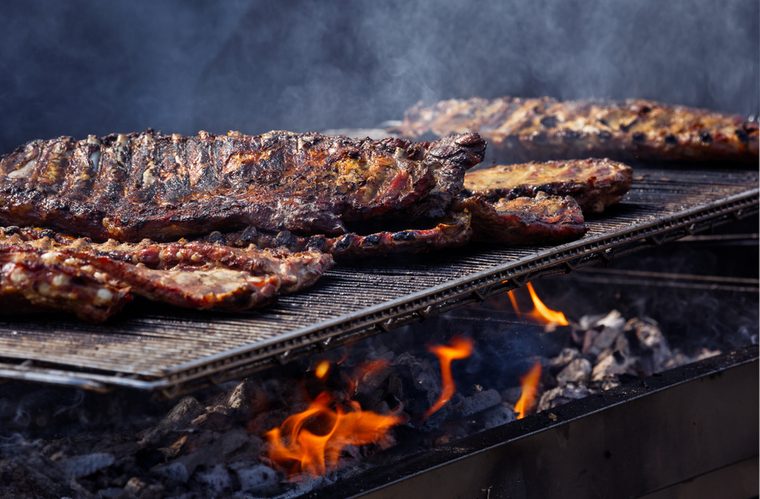
Barbecue
Cooking meat at high temperatures, such as frying or grilling, can create carcinogenic chemical compounds that are absorbed into the meat, says McCullough. Researchers who study these compounds—heterocyclic amines (HCAs) and polycyclic aromatic hydrocarbons (PAHs) are two types—have found that they can damage human DNA in ways that increases cancer risk.
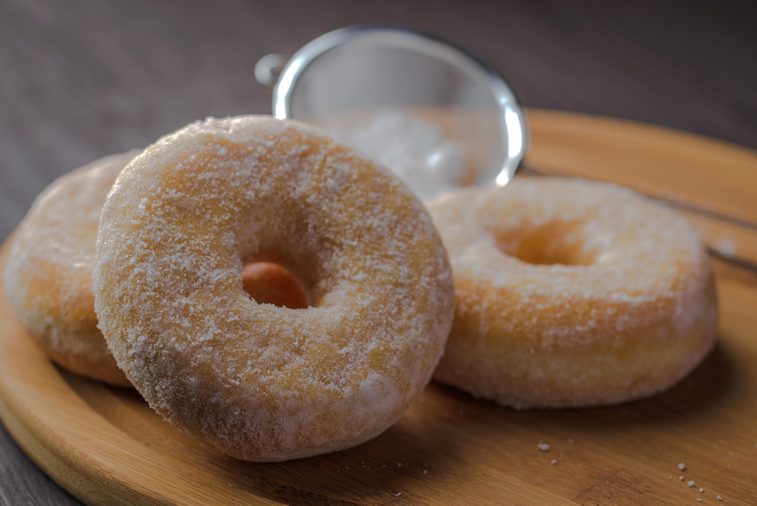
Trans Fats
Research suggests that man-made fats called trans fats or partially hydrogenated oils—which have been banned but still turn up in foods—can raise the risk of prostate, breast, and colon cancer. Another study found that women with the highest levels of trans fats in their blood had about twice the risk of developing breast cancer as women with the lowest levels. Trans fats are one of the 10 foods directly tied to cancer risk.
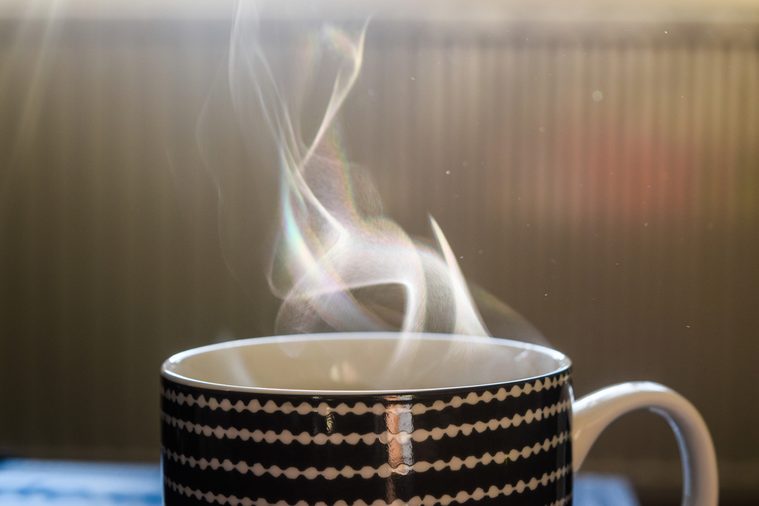
Hot drinks
Studies have suggested that serving beverages at 149° F or higher could elevate the risk of esophageal cancer—a very deadly form of cancer. Researchers believe that the high temperatures may damage tissue, leaving it vulnerable to the development of cancerous lesions. Lots of commercial beverages are served in the 140-160° F range, so let your drinks cool before sipping.
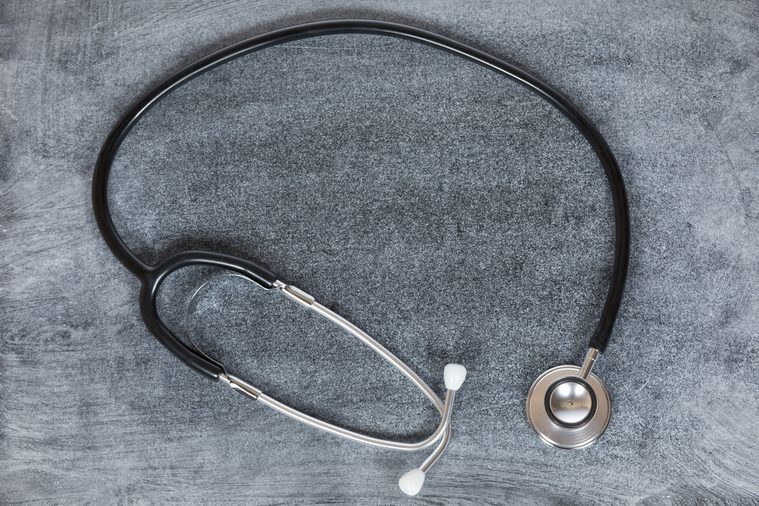
Shift work
“Sleep is an active area of cancer research,” says Gapstur, “so evidence is still emerging.” But so far, researchers have discovered that night nurses—and others in professions that require late night or graveyard shifts—seem to be at higher risk for several types of cancer. Experts aren’t sure why: It could be the loss of sleep, disrupted body rhythms, exposure to light at night, or a combination of any of these. If you can avoid working at a job that requires odd hours, you’ll lower your risk.

Flying
The breast-cancer rate in female flight attendants is 50 percent higher than in women in other professions; their non-melanoma skin cancer rate is four times higher. The likely reason, suggests a study published in the journal Environmental Health, is that cabin crews are exposed to more ionizing radiation at high altitudes, increasing the likelihood that they may develop cancers of the breast, cervix, uterus, thyroid, esophagus, colon, stomach, liver, and pancreas. Infrequent flyers probably won’t rack up enough radiation to put themselves at any kind of risk, however.
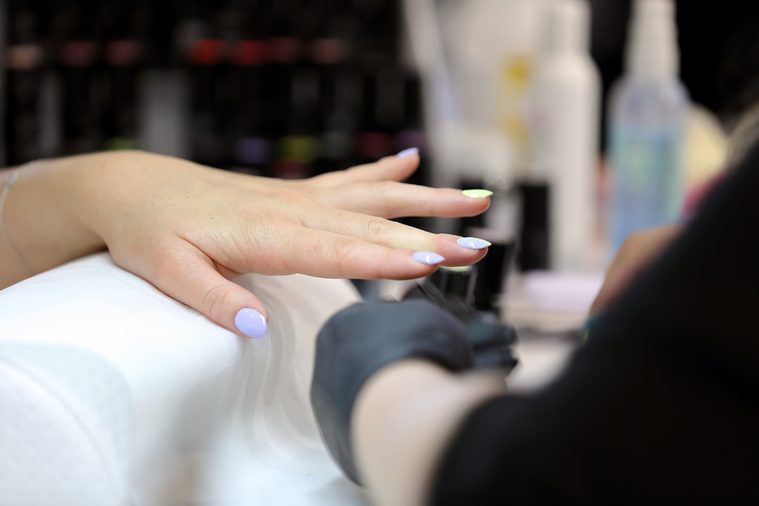
Nail salons
A lot of nail polishes and products are carcinogenic, though the biggest risk is for the people who are around the chemicals the most—employees at the salons. Researchers have found that repeated or prolonged exposure to the fumes and dust in nail salons may raise the risk for a cancer called multiple myeloma. Help protect yourself and the workers by patronizing salons that provide gloves and masks for employees and customers alike, and have good ventilation. Or just skip the nail polish—and avoid the toxins that seep into your body after a mani-pedi.
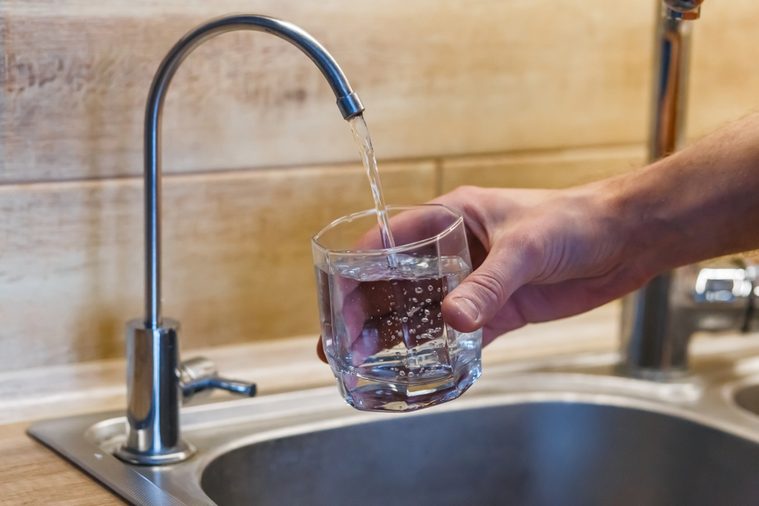
Tap water
You know of arsenic as a classic poison in murder mystery novels, but it can turn up in your water. Even though it can turn up in small amounts in drinking water, over time that exposure can raise your risk of liver, kidney, lung, bladder, and skin cancers. Arsenic may be naturally present or there as the result of contamination from nearby manufacturing industries, so have your water tested. Metals contamination is just one of the 17 things you need to know about your tap water.
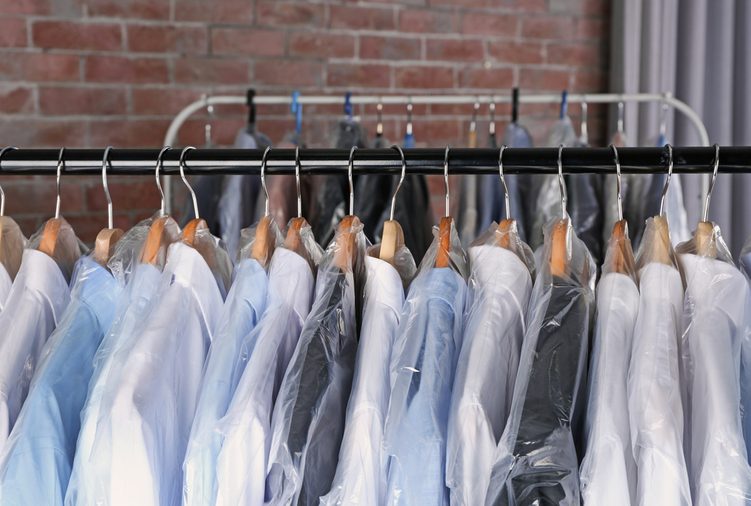
Dry cleaning
One of the main chemicals used to clean your non-washables is tetrachloroethylene, which The National Toxicology Program (NTP) has classified as “reasonably anticipated to be a human carcinogen.” Studies have found that people who are regularly exposed to the chemical tend to have higher rates of certain cancers, including those affecting the esophagus, kidney, and bladder.
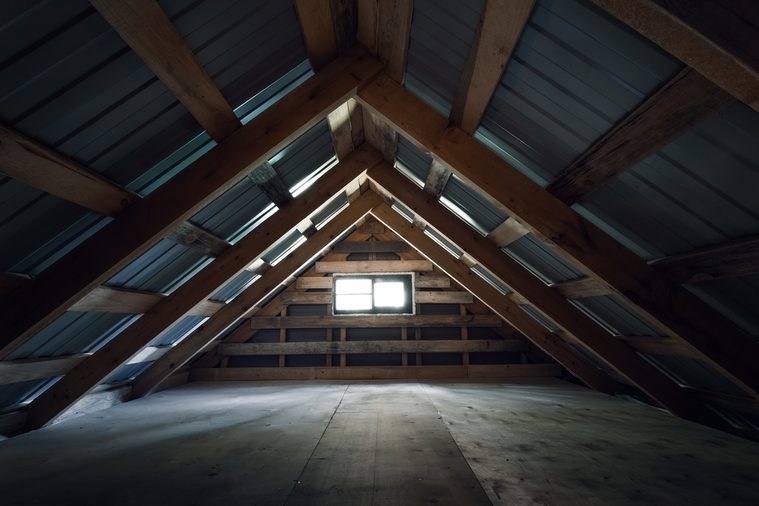
Asbestos
Although asbestos has been an established danger for decades, you can still find it in the insulation and floor tiles of older homes. As insulation eventually deteriorates, asbestos fibers become airborne. Since asbestos fibers stick to clothing and shoes, workers exposed to asbestos on the job can also bring asbestos into their homes.
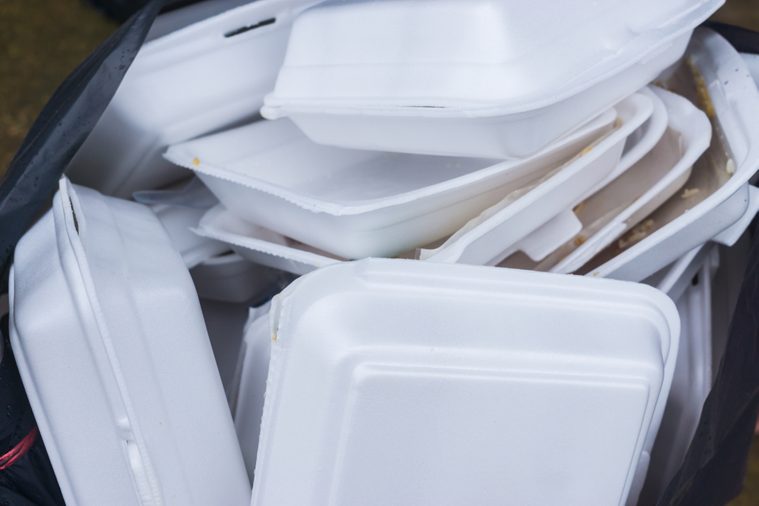
Takeout containers
Even though styrene is a known carcinogen, it is still widely used in manufacturing, particularly to make foam and rigid plastic products such as cups, plates, trays, and utensils. Using these items for hot foods and beverages could cause some of the chemical to leach into whatever it is your eating.
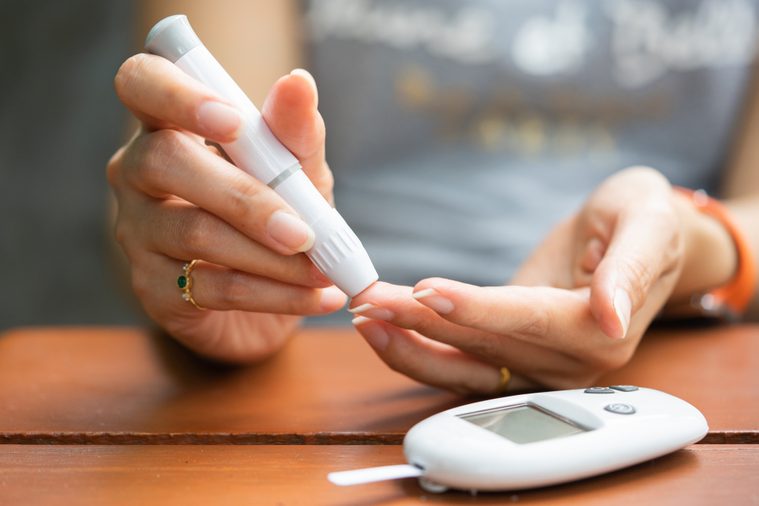
Diabetes
A global analysis of nearly 20 million people recently confirmed a link between diabetes (both type 1 and type 2) and cancer risk. Female diabetics were found to be at higher risk than men: They’re 27 percent more likely than healthy women to develop cancer, while men with diabetes are 19 percent more likely. Researchers theorize that high blood sugar may trigger DNA mutations that raise cancer risk.
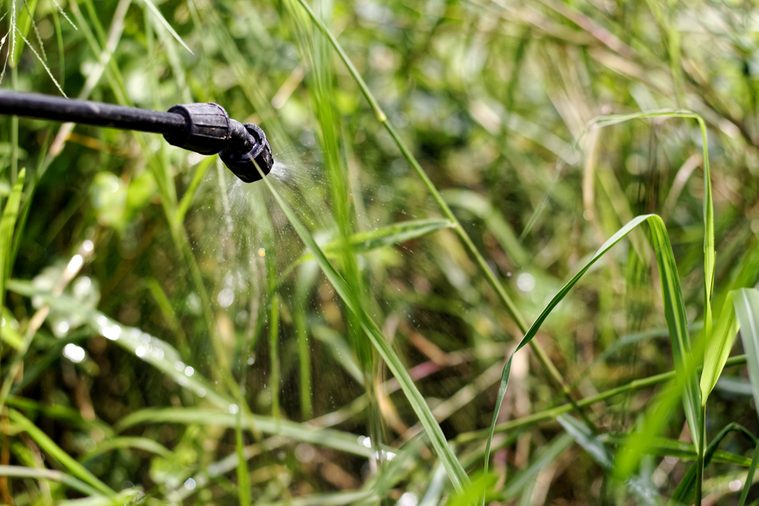
Your garden
No one likes weeds, but if you decide to get rid of them by using herbicides, you could be raising your risk for cancer. A primary ingredient, glyphosate, seems to raise cancer risk, and some manufacturers are being sued for potentially endangering consumers. Discover 14 ways to control weeds without chemicals.

Air pollution
The connection between air pollution and cancer is clear, according to the World Health Organization. And the International Agency for Research on Cancer has found that more than 220,000 lung cancer deaths each year are due to air pollution. A recent study was the first of its kind to identify a new-found link between mouth cancer and high levels of air pollutants, especially fine particulate matter. Breathing less isn’t an option for us humans, but supporting legislation that cleans up air-polluting industries is and could help protect you and future generations.
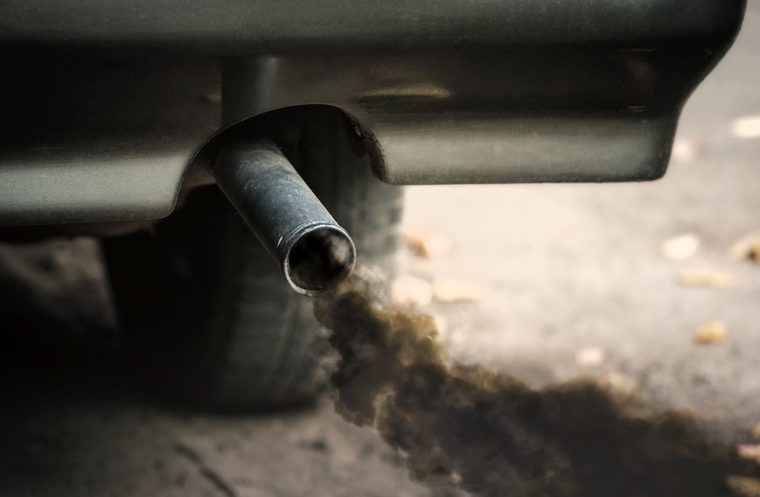
Diesel exhaust
Vehicles that run on diesel fuel, including cars, trucks, buses, trains, and construction and farm equipment, are spewing numerous types of noxious fumes, more than 30 of which are classed as carcinogens by the World Health Organization.
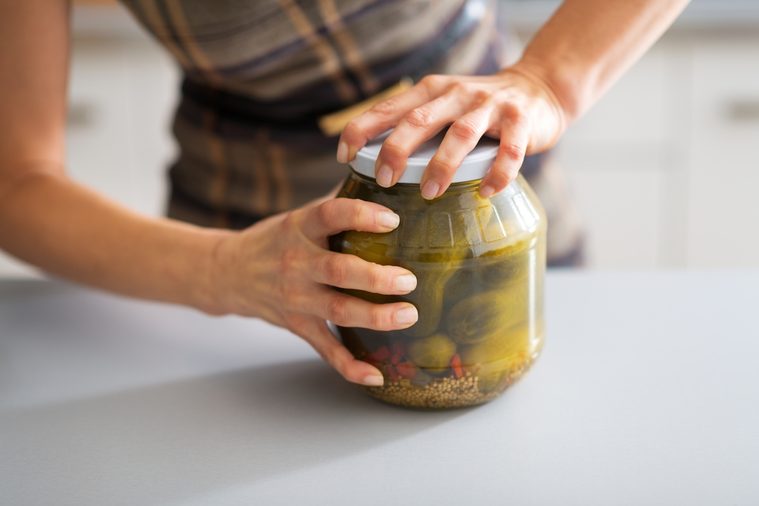
Fermented foods
Although fermented foods are trendy right now for the probiotics they provide, some may increase the risk of nasopharyngeal cancer, which affects the upper part of the throat behind the nose. The reason: Like processed meats, some pickled foods can be very high in nitrates and nitrites, and these react with protein to form DNA-damaging compounds known as nitrosamines. Pickles and other fermented foods can be fine, David L. Katz, MD, told Oprah.com, as long as you don’t overdo it.
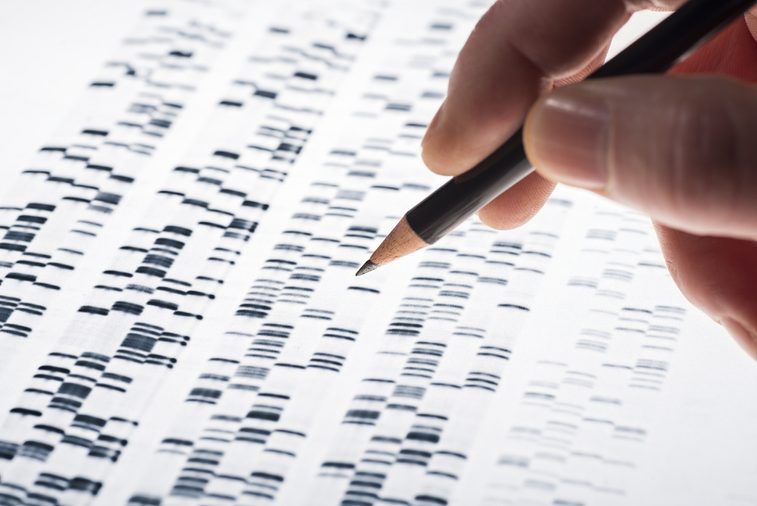
Your parents
First: Inherited cancers are actually pretty rare—but they do happen. “Genetic changes that promote cancer can be inherited from our parents,” the National Cancer Institute says. Breast cancers that arise from either BRCA1 or BRCA2 gene mutations that are passed down are one example.
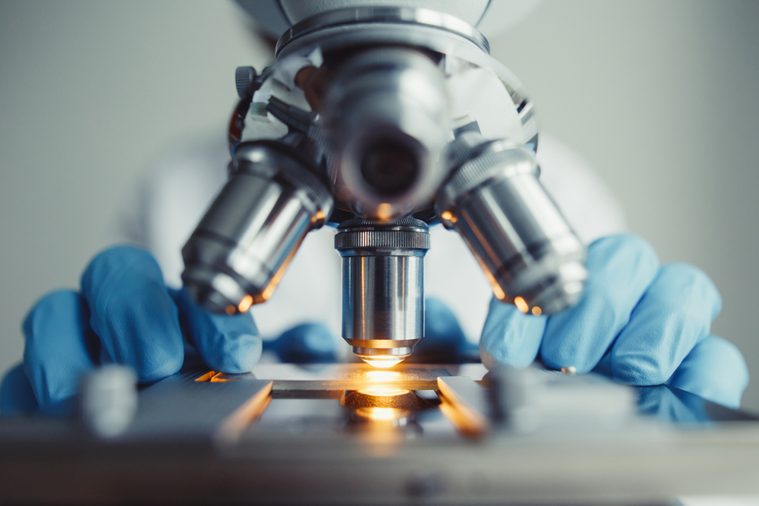
Your genes
Sometimes, you can’t even blame mom and dad. It is estimated that genetic mutations play a key role in anywhere between 5 and 10 percent of all cancers. According to the ACR, this is a far more common cause than inherited kinds of cancers. Find out what your doctor isn’t telling you about genetic tests like 23andme.

Sex
The unprotected kind. HPV is a risk, of course, but so is the sexually transmitted disease chlamydia. Chlamydia infection can raise a woman’s risk of cervical cancer. And because this STD can have subtle symptoms—or none at all—women may not even realize they have it. Check out these facts about STDs that could save your life.

Radiation
Lots of household items give off radiation, including your TV, car, and cell phone. You also get a dose whenever you have medical or dental X-rays. Those small doses may lead to trouble over time, though it’s really people who work around radiation every day—health care professionals, nuclear power plant workers—that need to monitor their exposure. Next: Read about these surprising symptoms that turned out to be cancer.